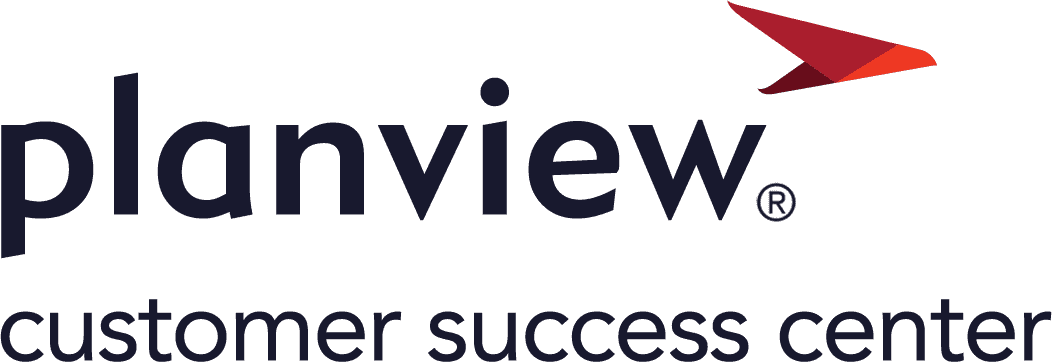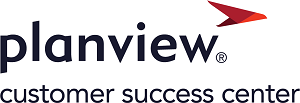Portfolios process flows
Overview
OKRs (Objectives and Key Results) enable organizations to define and measure progress toward their most critical goals. In Portfolios, OKRs are part of a strategic framework that connects goals at all levels, from individual teams to enterprise-wide objectives. By using a hierarchical structure to align objectives and key results, Portfolios helps ensure that all work contributes to the organization’s overarching strategy. This guide will demonstrate how to create, track, and adjust OKRs, connect work items to key results, and monitor progress to keep your strategic initiatives on track.
Process steps
NOTE
Customers will need to onboard to Planview Admin to use Connected Portfolios and AgilePlace OKRs.

| Process Step | Description |
|---|---|
| Create and define objectives |
When creating an objective, identify an owner for the objective and supporting information such as start or end dates and tasks. Objectives should be ambitious, definable in concrete terms, and possible to implement in current conditions and timebox. Utilizing multi-leveled OKRs allows you to connect goals bidirectionally across your organization. The strategic hierarchy allows you to track OKRs at all levels. For more information: |
| Align with relevant parent and child objectives |
Connect objectives using parent-child relationships across your strategic hierarchy and AgilePlace boards. These connections create goal alignment throughout your organization.
|
| Create and define current and target metrics (key results) for objectives |
Define key results for objectives. Key results should be quantitative, time-bound, and easily verifiable. |
| Align key results with activities (work) |
Connect work items to key results. Your OKR board will update to show the work items contributing to key result progress. |
| Monitor progress through key results |
Monitor OKR health and periodically review and update the current state of key results to see whether they are making progress toward the objective. This updates the progress percentage complete for both the key result and the objective. The objective's progress is calculated as an average of the connected key results' progress.
TIP
|
| Adjust plan as necessary | As progress toward key results is made, periodically review the overall strategic plan to ensure that focus remains on the right initiatives and activities. |
Best practices
Align OKRs to business strategy
Connecting and aligning goals at every level of the organization is one of the key benefits of the OKRs framework – everyone wins when they understand how their work fits into the big picture strategy of the organization. Using an objective hierarchy – where enterprise or corporate strategy-level objectives are defined, then teams define their objectives to align to the strategy-level or levels in between – allows organizations to have bidirectional goal alignment.
Use informal language for objectives
The purpose of objectives in the OKR structure is to challenge companies to reach toward lofty, intimidating goals. Many organizations choose to use simple and informal language to write their objectives – this is intentional. To be effective, objectives must be easy to communicate and easy to understand.
Define your objectives properly
Objectives are simply defined by what is to be achieved, and should be ambitious (big-picture, aspirational), qualitative (able to be defined verbally in concrete terms), actionable (able to be implemented in current conditions), and time-bound (a timeline should be defined in the objective itself). Look at examples of OKRs from other organizations to get a better understanding of how to define OKRs.
Define specific and measurable key results
Key results make your objective actionable and determine how progress toward your objective will be measured. Key results give team members a clear-cut way of knowing whether they’re making progress, and provide leadership a subjective way of assessing performance. Key results should be measurable, specific, time-bound, and verifiable. Look at examples of OKRs from other organizations to get a better understanding of how to define key results.
Track early versus lagging indicators
Ensure the metrics you measure for key results can be collected and analyzed during the time period specified for the OKR. Many business metrics – such as revenue – are lagging indicators, and not timely or accurate enough to determine the impact of one specific change.
Reevaluate OKRs if progress slows
It can be helpful to look for patterns in OKR scoring to gauge whether your OKRs are sufficiently “sized” for your organization or team. Similarly, if your organization is struggling to make meaningful progress on most of its goals, then you might need to adjust the size or quantity of your OKRs moving forward to make them more achievable.
Create shared OKRs
Create shared OKRs if your OKRs overlap with another team’s goals.

